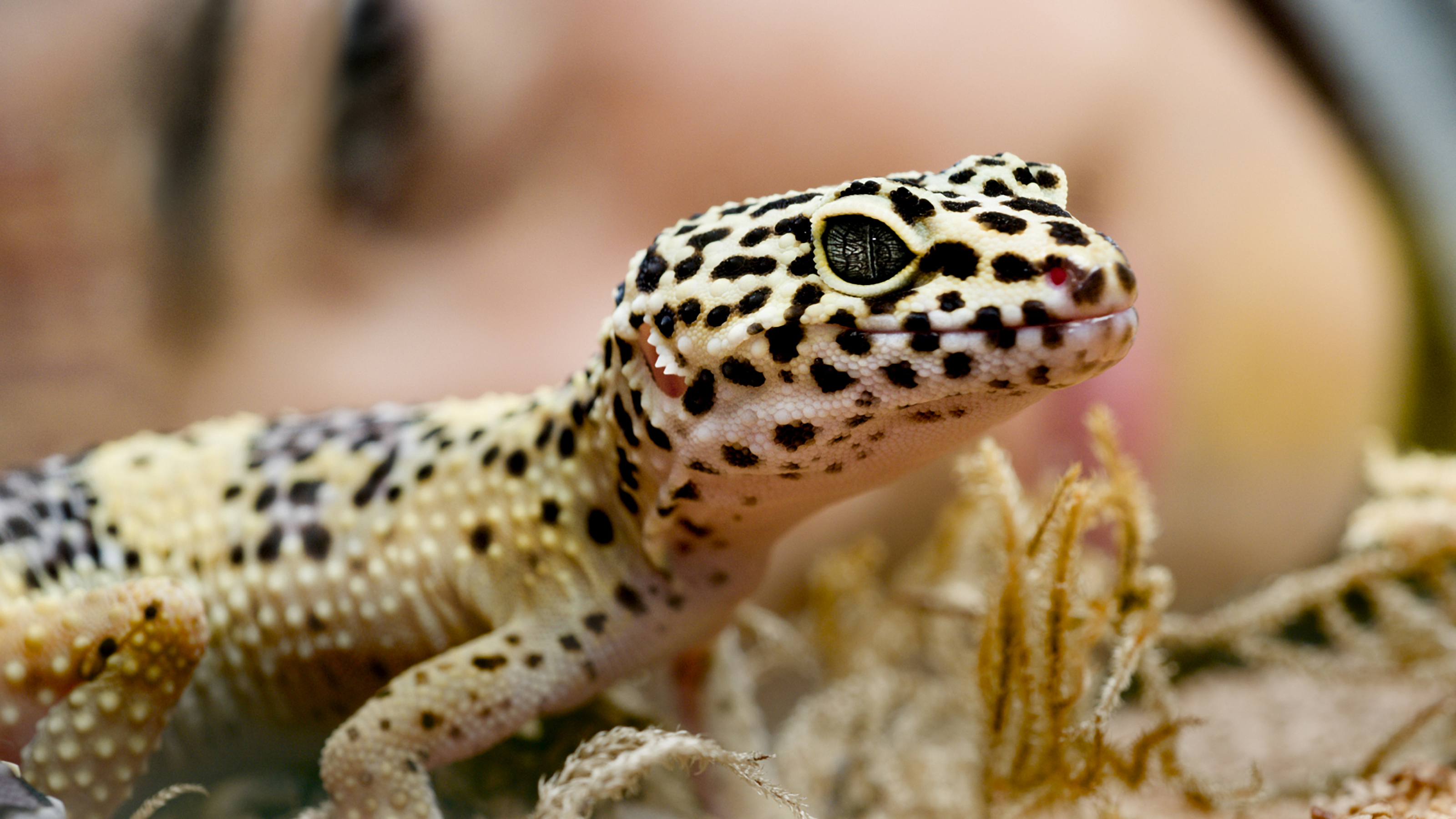
Microchipping Your Reptile
All you need to know about microchipping your reptile
A microchip is a small electronic device about the size of a grain of rice. The microchip is inserted into your reptile (location dependant on species) via a quick injection. Once inserted, a reptile cannot feel the microchip and the special capsule around it means that it does not break down and is designed to last your pet’s lifetime.
The microchip is coded with a unique number that can be read by a scanner. Microchips do not store personal data – this is kept against the unique identification number on a secure database. If your reptile is found and scanned, the microchip database is accessed online and the organisation that has your pet, for example a veterinary surgery, a rescue centre or the police, can use the number to find your details. You can then be contacted and your pet safely reunited with you.
Book a microchipping appointment